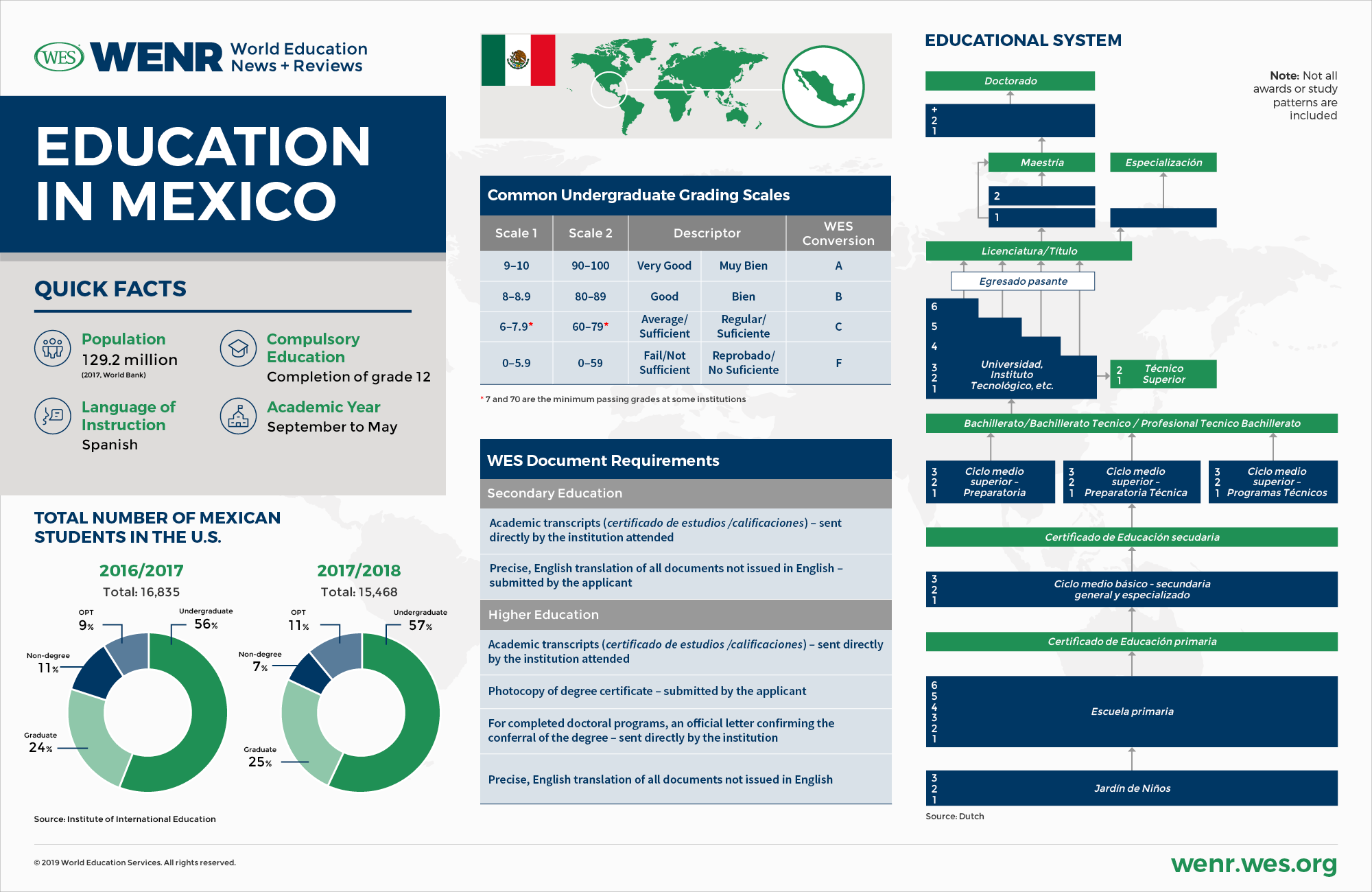
Where Does Texas Rank in Education?
If you’re wondering where does Texas rank in education, you’ve come to the right place. The Lone Star State is the least educated in the U.S., but you can make up for this fact by attending one of the state’s many brain-pulling institutions. From Austin, a city with an excellent educational system, to the University of Houston, a medical school located in the state, Texas has something for everyone. Read on to find out why education is so important to the state’s economy.
Texas is the least educated state in the U.S.
Texas has the lowest percentage of high school diploma holders, and ranks 35th among states in the percentage of adults with a college degree. The state also has a high achievement gap between white and non-white citizens, and ranks seventh in the achievement gap among men and women of the same race. However, there are some reasons why Texas may be the least educated state in the U.S., and we’ll discuss them in this article.
A recent study by WalletHub ranked the top cities in the U.S. by education. Austin and the Austin-Round Rock-Georgetown region ranked in the top five, while Harlingen, McAllen, and Mission were among the least educated cities in the country. The survey also evaluated the quality of public schools and summer learning opportunities, and the number of minority students in a given area.
Austin is a brain magnet city
The city of Austin, Texas is home to the University of Texas, the State of Texas, and many other prestigious academic institutions. With scores of national honors and a robust community, Austin is a top brain magnet. In fact, Forbes magazine recently designated Austin as one of the U.S.’s top “brain magnet” cities. The magazine’s ranking system takes into account changes in the proportion of people who are college educated and over 25 years of age.
The Austin metropolitan area is home to over 100 colleges and universities and 29 school districts, including many highly ranked public schools and private institutions. While tuition costs can be over $10000 a year, they are relatively low. Utility costs are affordable, and Austin boasts an active arts scene. And, as a high-tech hub, the city has a thriving technology industry. This means a high-paying job market and a good quality of life.
Tyler ISD’s Early College High School is ranked as one of the top 100 public high schools in the state
If you’re considering a college-prep school for your child, Tyler ISD’s Early College High School might be the right place. According to U.S. News & World Report, the school ranked 82nd in Texas and 532nd overall. In addition to its top-ranked status, the school’s statistics show that 63% of its students take Advanced Placement classes, making it an excellent choice for college prep. AP enrollment at this school is 91% minority and 84% economically disadvantaged. In the US News rankings, the school was ranked #1 for both Tyler Metro Area high schools and the entire Tyler ISD.
The rankings are based on several factors, including math and reading proficiency, test scores, and A.P. participation. The Texas school scored 100% on the math proficiency and 98% on the reading proficiency test. This result helped it rank 15th in the state and 187th nationally. The ranking is the highest of its kind in the state and is an indication of its academic excellence.
University of Houston is a medical school in texas
The Tilman J. Fertitta Family College of Medicine at the University of Houston is a graduate medical school. Its first class will be 30 students in 2020. The medical school has a reputation for academic quality, and many students from diverse backgrounds choose this school over others in Texas and the country. Its reputation for academic excellence is unmatched by any other medical school in the U.S.
The medical school is undergoing construction of a new, state-of-the-art building on the UH campus. The building will be three stories tall and 130,000 square feet and open in summer 2022. It will feature state-of-the-art anatomy and simulation suites. The college has also formed partnerships with Humana and HCA Houston. Blue Cross and Blue Shield has donated $5 million to the school’s construction fund, which will support scholarships and a pipeline for diverse students.
Texans come to texas to finish high school
Many Latin American and Mexican immigrants didn’t finish high school in Texas. But the large gap between high school and college attainment suggests that many Texans are going on to college. The spread is even more pronounced in California, which is 49th for high school attainment but ranks 15th for the percentage of adults with a bachelor’s degree or higher. However, the state isn’t entirely without challenges.
A higher percentage of jobs require postsecondary credentials. Texas has a high school graduation rate of over 50%. One in five high school graduates in the state meet College Readiness requirements and one-fifth of Texans earn an associate degree. This is a very high number and speaks to the importance of postsecondary education. Yet, it doesn’t mean that the state doesn’t have the best system.
If you’re wondering where does Texas rank in education, you’ve come to the right place. The Lone Star State is the least educated in the U.S., but you can make up for this fact by attending one of the state’s many brain-pulling institutions. From Austin, a city with an excellent educational system, to the University…
